1. Sunken Living Rooms
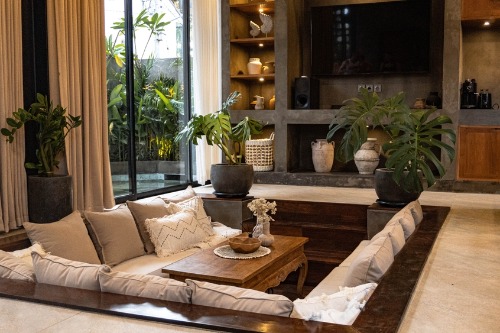
Also known as “conversation pits,” these were meant to make spaces feel intimate and stylish. DIYers sometimes even attempted their own small-scale versions. But while cozy in theory, they’re awkward in practice and present safety hazards. They also don’t fit the flow of modern open layouts.
Sunken living rooms can make furniture placement tricky and reduce usable square footage. They also become tripping hazards, especially for kids or older adults. As design has moved toward seamless, level spaces, these pits have fallen out of favor. Today, they feel more like relics than selling features.
2. Carpeted Bathrooms
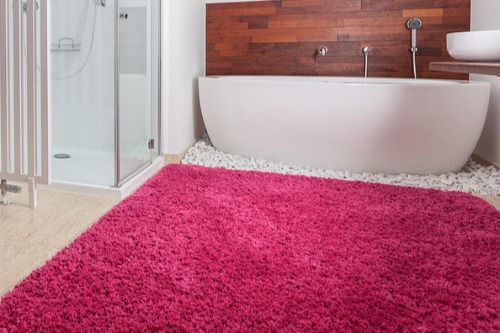
In the 1970s and 1980s, carpeted bathrooms were seen as luxurious and cozy. But the reality is that moisture and fabric are a terrible mix. Carpets in bathrooms trap mildew, bacteria, and odors, making them an unhygienic choice. Plus, they rarely stand up well to water damage in the long run.
From a design standpoint, carpeted bathrooms instantly scream “dated.” No modern buyer wants to rip out moldy fabric around a toilet. Today’s options like tile, vinyl plank, or even heated floors offer both comfort and durability. It’s one DIY idea that feels more like a relic than a selling point.
3. Fake Wood Paneling
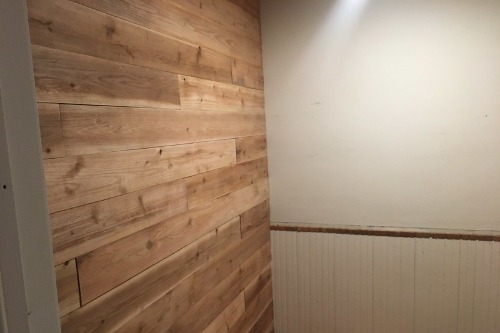
Wood paneling was once a go-to for making spaces feel warm and rustic. The problem is that thin veneer or laminate panels never really looked like real wood. They often darken rooms, making them feel closed-in and gloomy. Over time, the materials can also peel, warp, or show age very quickly.
DIYers loved paneling for its ease of installation, but it hasn’t aged gracefully. Instead of cozy, it now looks like a dated basement from decades past. Buyers usually see it as something they’ll need to cover or remove right away. That’s why painted drywall or actual wood accents are a much safer long-term bet.
4. Overly Themed Rooms
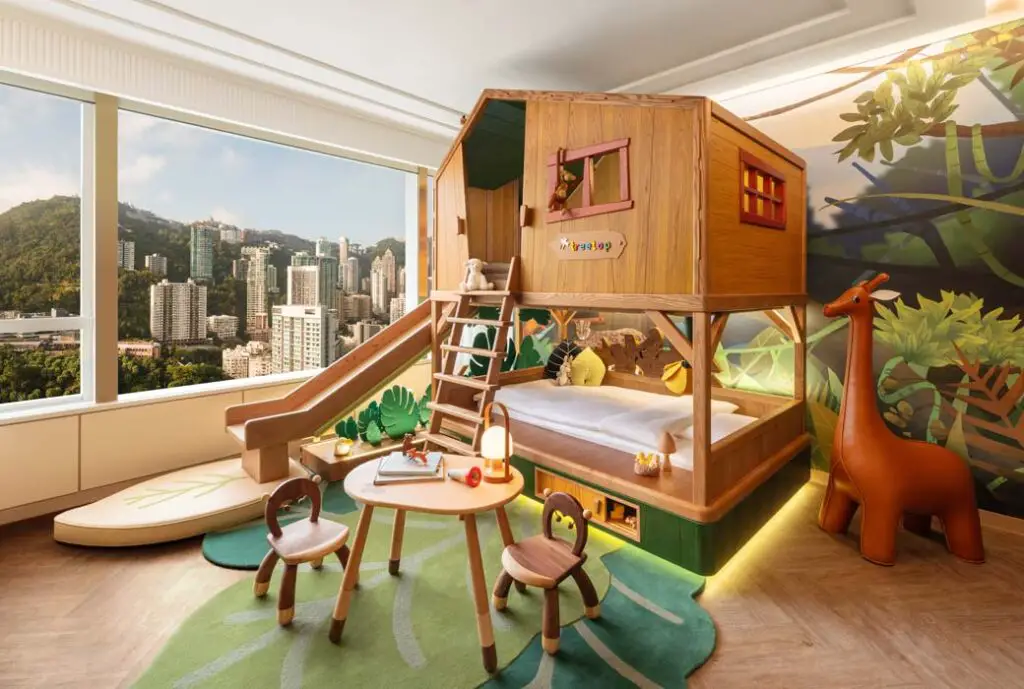
DIY decorators sometimes go all-in on a theme: nautical bathrooms, Tuscan kitchens, or retro diners in the basement. While fun in the moment, these trends tend to pigeonhole the space. They’re also hard to update without a full overhaul. What feels charming now often feels gimmicky later.
The issue is that themed rooms rarely adapt well as styles change. Buyers want blank slates they can personalize, not someone else’s “trip to Italy.” Even within your own home, you may tire of it faster than expected. Neutral, timeless design elements always age more gracefully.
5. DIY Concrete Countertops
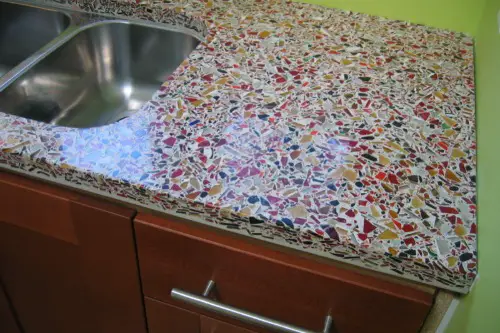
Concrete countertops seemed like a clever, modern alternative to expensive stone. DIY tutorials promised a sleek, industrial look for a fraction of the price. In reality, homemade versions often end up with cracks, stains, or uneven finishes. They also require ongoing sealing to stay looking decent.
The problem is durability and maintenance. Unlike quartz or granite, DIY concrete can chip easily, especially if not properly mixed or installed. Over time, they stop looking “modern industrial” and start looking “rough and worn.” For most homeowners, they simply don’t age well compared to sturdier materials.
6. Glass Block Walls
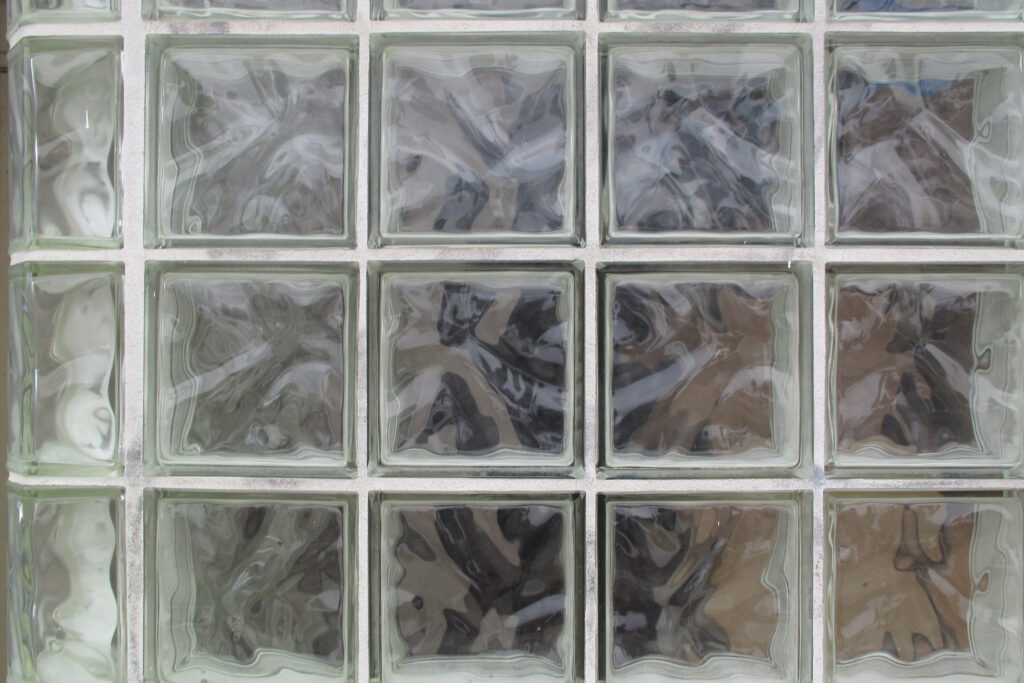
Glass block walls had their heyday as a way to bring in light while keeping privacy. They were especially popular in bathrooms and basements. But while practical in theory, they immediately timestamp a house to the 1980s or 1990s. Their bulkiness doesn’t align with today’s preference for sleek, clean lines.
Another drawback is how difficult they are to remove or update. Unlike drywall, you can’t just patch or paint over them. That makes them a long-term commitment that rarely pays off in modern design. Frosted glass or simple partitions achieve the same goal in a fresher way.
7. Overdone Distressed Finishes
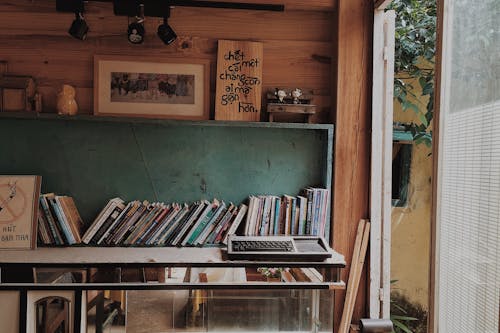
The farmhouse trend made distressed furniture and cabinets wildly popular. DIYers eagerly sanded, chipped, and painted to get that “shabby chic” vibe. But over time, the style tends to look sloppy rather than charming. In kitchens especially, it can come across as dirty instead of rustic.
The problem is that trends like this date quickly and are hard to undo. A distressed cabinet can’t easily be repainted back to smooth perfection without serious effort. Buyers now see it as a fad that’s passed its prime. Clean, simple finishes age much more gracefully.
8. Heavy Faux Finishes on Walls

Sponging, rag-rolling, and faux marble painting were once DIY favorites. They promised personality and texture without the cost of wallpaper or real stone. But these techniques almost always end up looking dated within a decade. They’re also incredibly difficult to paint over smoothly.
What once seemed “creative” now feels like a throwback to 1990s DIY magazines. Instead of adding character, they often overwhelm a space. Buyers and decorators alike usually prefer neutral, flat walls. Simplicity gives you a timeless base to build on.
9. Built-in Entertainment Centers
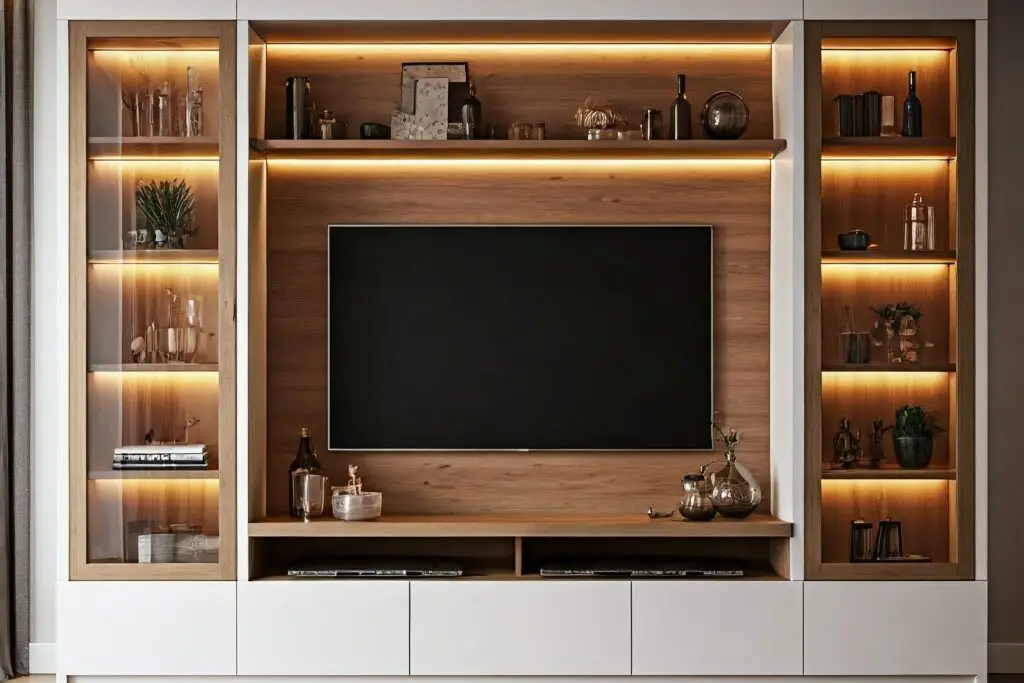
In the 1990s, a massive built-in wall unit for your tube TV felt like the ultimate upgrade. Homeowners would DIY entire sections of cabinetry just to house electronics. But as TVs have slimmed down and wall mounts took over, these units instantly look out of date. They also waste valuable floor space.
Worse, they’re rarely sized correctly for modern screens. Trying to retrofit them can be costly, and often it’s easier just to tear them out. What once looked custom now looks clunky and impractical. Sleeker, more flexible storage solutions age far better.
10. Tiled Countertops
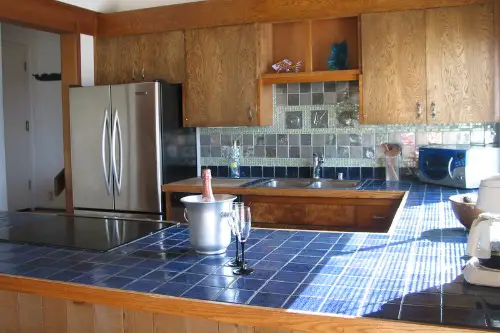
DIY tiled countertops were marketed as a budget-friendly alternative to stone. They were colorful, customizable, and relatively easy to install. But in practice, grout lines trap dirt and stains, making them a nightmare to clean. Over time, the surface loses its appeal and can even harbor bacteria.
Even if the tiles themselves hold up, the look is unmistakably dated. Buyers today overwhelmingly prefer seamless surfaces like quartz, laminate, or solid-surface materials. What was once DIY chic now feels like a project waiting to be replaced. It’s one of those choices that simply hasn’t stood the test of time.
11. Popcorn Ceilings
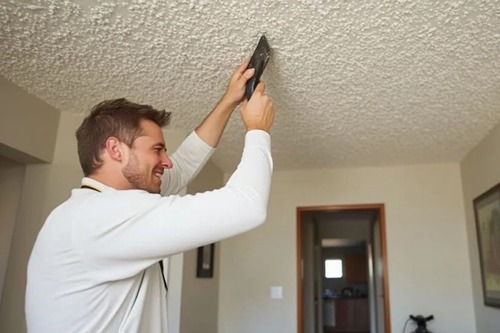
Once a staple of mid-century homes, popcorn ceilings were thought to hide imperfections and reduce noise. The problem is that they’ve since become associated with outdated interiors and can even lower a home’s resale value. They’re also a pain to clean, as the texture traps dust and cobwebs easily. Today, smooth or subtly textured ceilings are far more desirable.
Removing popcorn ceilings can be expensive, especially if they contain asbestos, which many older ones do. That adds health risks and extra costs to remediation. Even if left intact, they immediately date a room, no matter how modern the rest of the décor. It’s one of those “DIY quick fixes” that unfortunately backfires over time.
12. Barn Doors Everywhere
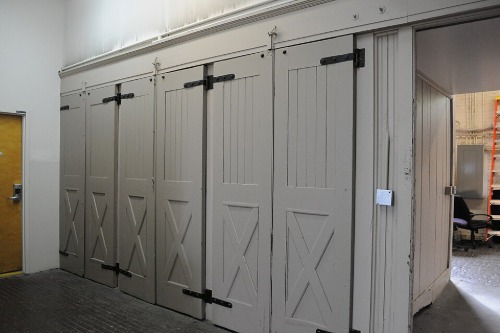
Sliding barn doors exploded in popularity during the farmhouse trend. DIY tutorials made them seem like a simple weekend project with big visual payoff. But in reality, they don’t provide much privacy or soundproofing. Their oversized hardware also dates them to a very specific design era.
While they can still work in certain rustic spaces, they’re not universally appealing. In fact, many homeowners are now replacing them with pocket doors or traditional hinged doors. What once looked unique now feels overplayed and impractical. It’s a trend that aged faster than expected.
13. Pallet Wood Accent Walls
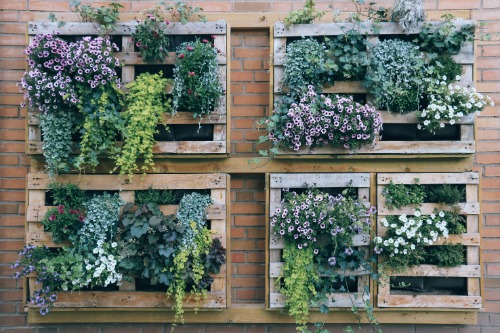
Pallet wood projects were once the hallmark of the rustic, budget-friendly DIY movement. They promised warmth, texture, and sustainability—all from free materials. But the uneven boards, rough finishes, and mismatched tones often made spaces feel cluttered and chaotic. Over time, the look shifted from “eco-chic” to “unfinished workshop.”
These walls also pose maintenance issues, from splinters to hidden pests in untreated wood. While they may add character initially, they clash with modern minimalist styles. Buyers now see them as extra work rather than charm. Smooth paneling or subtle wallpaper provides the same visual interest without aging the room overnight.
14. Painted Brick Fireplaces
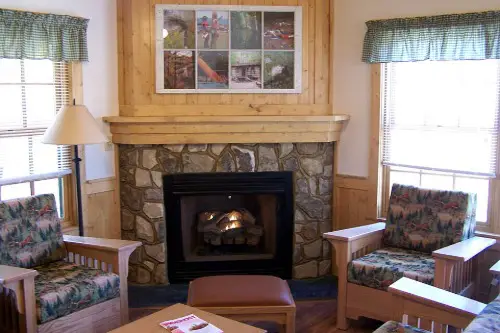
Painting brick fireplaces became a favorite DIY weekend project in the late 2010s. Homeowners hoped to modernize old red brick with a quick coat of white or gray. But the trend often strips away the brick’s original character and texture, leaving a flat, artificial look. Worse, once paint is applied, it’s nearly impossible to restore the natural brick underneath.
Over time, painted fireplaces can chip, discolor, or clash with updated décor. What started as a modern refresh can quickly feel like a dated Pinterest experiment. Many designers now favor limewashing or cleaning the brick instead of covering it entirely. It’s a reminder that not every “update” actually improves timeless materials.
15. DIY Sliding Barn Door Closets
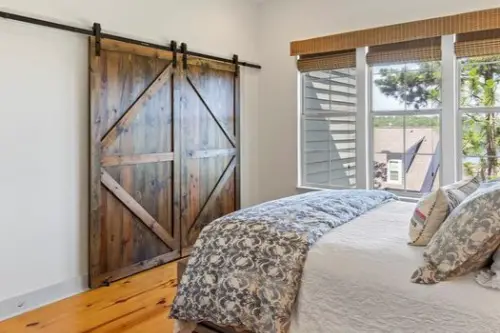
Barn doors were once an eye-catching twist on basic room dividers, but DIYers took the idea too far. Sliding barn doors on bedroom or closet entrances look bulky and out of place in most modern homes. The exposed hardware and oversized tracks dominate walls meant to feel open. What felt “farmhouse chic” five years ago now feels like an aesthetic cliché.
Functionally, they’re also less practical than standard doors. They offer minimal soundproofing, rarely align perfectly, and can block light switches or trim. As design trends shift toward understated and efficient, these oversized sliders seem clunky. A well-fitted hinged or pocket door is a cleaner, longer-lasting choice.
16. Open Shelving in Kitchens
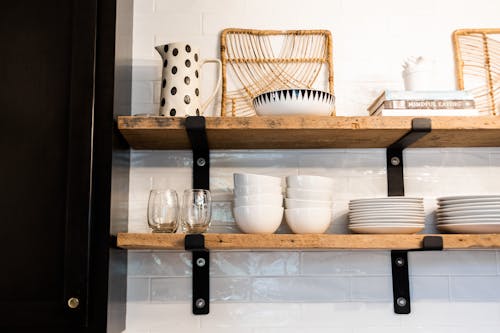
Open shelving took the design world by storm for its airy, magazine-ready look. DIYers loved replacing upper cabinets with floating planks to showcase dishes and plants. But in reality, open shelves demand constant cleaning and perfect organization. They also make kitchens feel cluttered the moment something’s out of place.
Over time, the “minimalist” aesthetic turns into daily upkeep stress. Dust, grease, and fingerprints all accumulate faster than most expect. The trend has proven less practical than it looks on Instagram. Closed cabinetry, even with glass fronts, offers a neater and more timeless appeal.
17. DIY Pebble Shower Floors
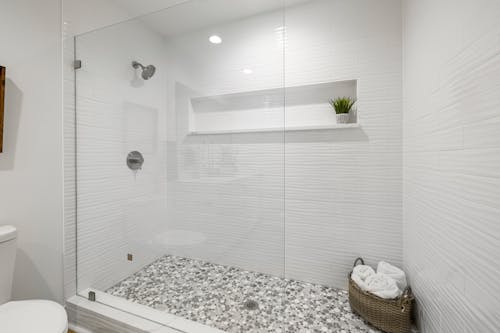
At first glance, pebble tile shower floors seem spa-like and organic. DIY tutorials made them look simple, but the reality is far from relaxing. The uneven surface makes cleaning grout lines nearly impossible, and water often pools instead of draining smoothly. After a few years, mildew and discoloration become major issues.
Aesthetically, pebble floors also tie a bathroom to a very specific mid-2010s “zen” trend. They’re uncomfortable underfoot and wear down sealant faster than flat tiles. While appealing in boutique hotels, they rarely translate well at home. Smooth porcelain or large-format tiles achieve the same calm effect without the maintenance headaches.
18. Overdecorated Ceiling Beams
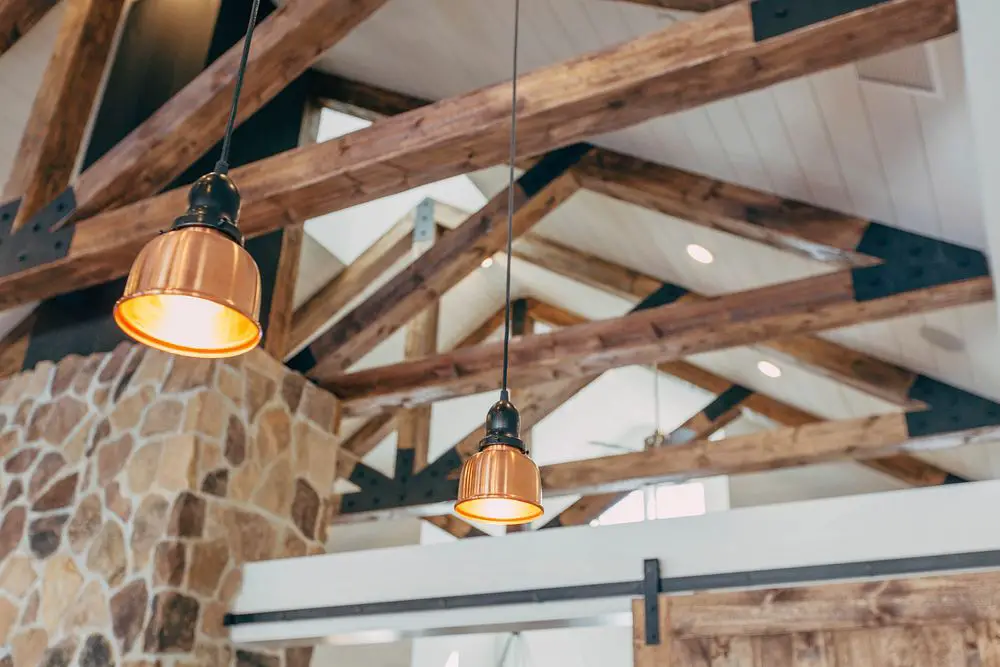
Faux or overdone ceiling beams once symbolized rustic charm and craftsmanship. DIYers added stained planks or hollow faux beams to living rooms and kitchens hoping for old-world character. But too many beams—or poorly scaled ones—make rooms feel heavy and visually cluttered. The look quickly went from cozy to kitschy.
As home design shifted toward lighter, more open aesthetics, dark beams began to feel oppressive. They can also lower the perceived ceiling height, making smaller spaces look cramped. Once installed, they’re costly and messy to remove. Clean ceilings with subtle architectural detail tend to age far better.
19. Accent Walls in Loud Colors
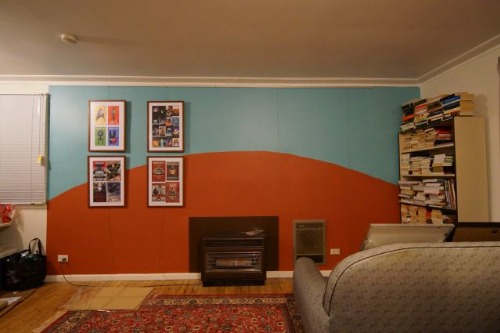
Accent walls were once seen as an easy way to add drama and personality. DIYers flocked to bold hues like red, teal, and mustard to make a “statement.” But those vibrant shades often dominate a room instead of complementing it. As trends change, they’re one of the first things that make a space feel outdated.
Repainting frequently becomes a necessity as styles evolve toward calmer, cohesive palettes. Bold walls can also clash with furniture and décor updates over time. What once felt creative now reads as a relic of an earlier design era. Soft, neutral backdrops remain the most flexible and enduring choice.
This post 19 DIY Trends That Always Age Homes Poorly was first published on Greenhouse Black.
